
A remarkable ecological experiment has taken place in the arid desert of Utah, the reintroduction of beavers to revitalize long-dead rivers, remarkably, the Price and San Rafael rivers. Beavers, who are frequently referred to as “ecosystem engineers,” build dams that increase groundwater recharge, slow water flow, and produce wetlands. In just six years, these efforts have turned degraded, drought-stricken riverbeds into thriving aquatic ecosystems.
By improving fish and wildlife habitats, reducing the risk of wildfires, and increasing water retention, the beavers’ natural behaviors have demonstrated that using nature’s engineers can restore ecosystems more effectively than traditional human interventions. This strategy also questions conventional restoration techniques, which mainly depend on costly infrastructure and continual human upkeep, implying that passive, nature-based solutions might provide more economical and sustainable substitutes.
The Decline and Legacy of Beavers in Utah
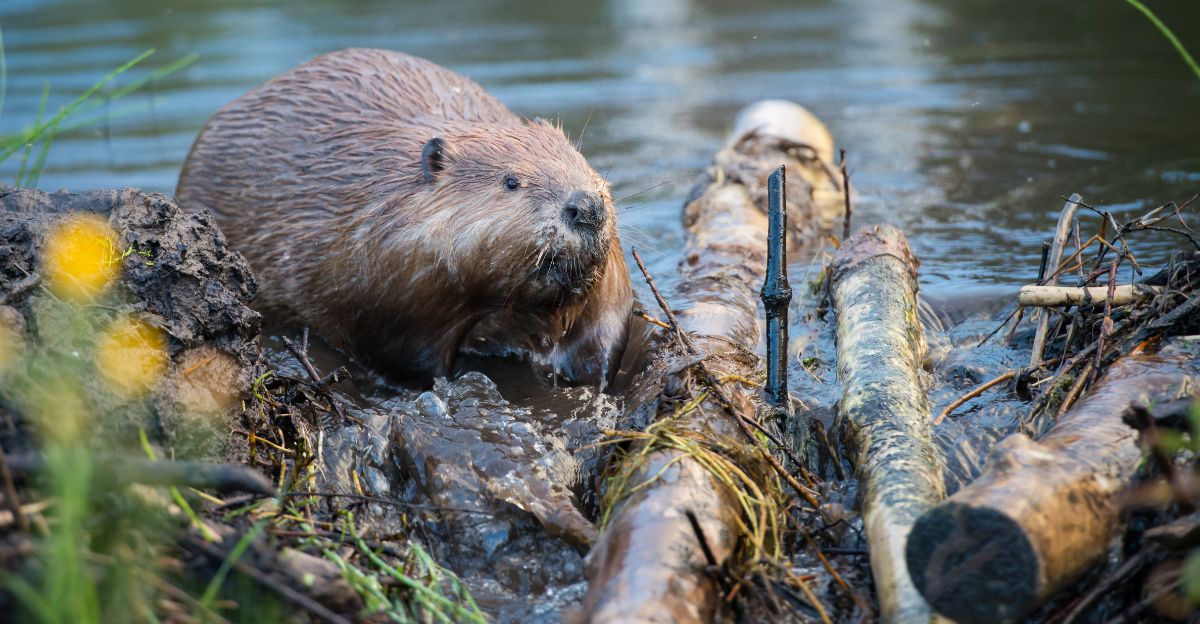
Beavers were once widely distributed throughout Utah’s waterways and played a crucial role in preserving wetland habitats and promoting biodiversity. However, persistent trapping during the 19th-century fur trade almost wiped them out. Because their pelts were so valuable, local ecosystems were destroyed while economic empires were fueled. Early trappers like Jim Bridger and Peter Skene Ogden destroyed populations, making rivers susceptible to deterioration and drying out.
The current ecological crisis was unintentionally caused by the historical overexploitation of beavers, so their reintroduction is not only a restoration effort but also a correction of previous environmental mismanagement. Native populations have long acknowledged the beaver’s influence on landscapes and used its presence as a gauge of ecosystem vitality and water quality.
The Scientific Basis for the Impact of Beaver Dams on River Ecology

Beaver dams serve as organic water management structures. Beavers build dams to create ponds that slow water velocity, which raises groundwater levels and allows sediment to settle. By stabilizing riverbanks and promoting the growth of riparian vegetation, this process lowers erosion and raises water quality. According to studies, beaver ponds reduce the effects of drought by maintaining water flow during dry spells and enhance biodiversity by offering habitat for fish, amphibians, and birds.
Beaver dams can raise the water table by several feet, according to scientific studies done in a variety of ecosystems. This promotes the growth of native plants and establishes micro-habitats that are vital for endangered species. The ponds also serve as organic filters, capturing impurities and enhancing the quality of the water downstream.
Reintroducing Beavers to Desert Environments Presents Difficulties
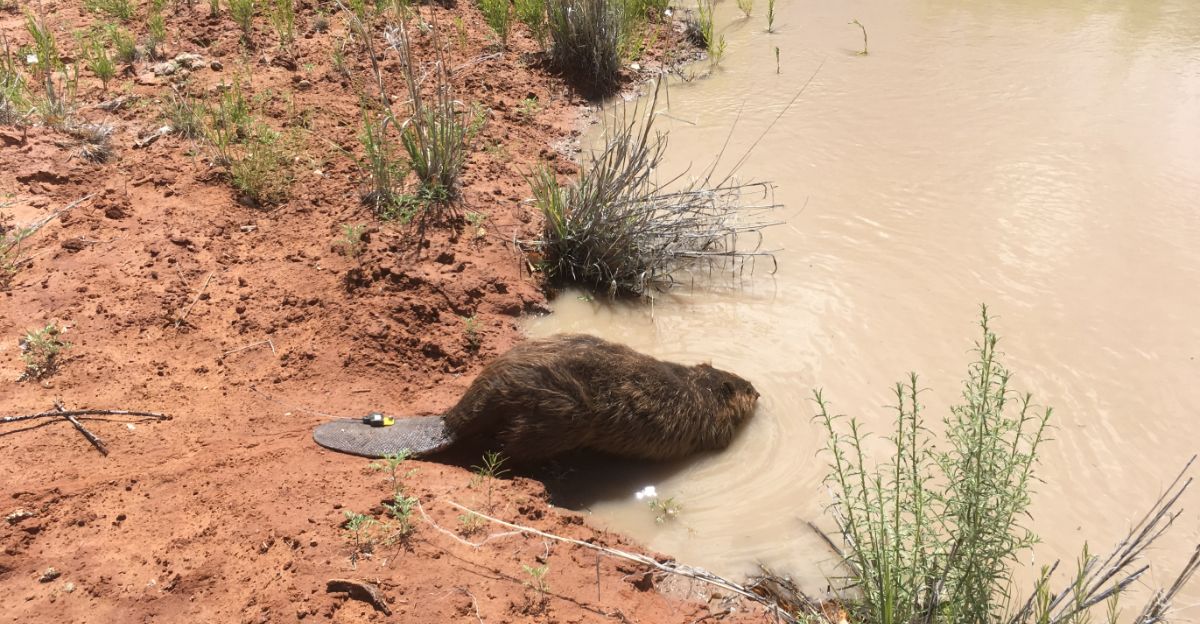
Because of the severe drought, scarcity of water, and damaged habitats, beaver introduction to Utah’s desert rivers was viewed with skepticism. Many were worried that their dams might worsen flooding or water loss, or that beavers would not survive. Careful health screening, quarantine, and monitoring were also necessary for beaver relocation in order to stop the spread of disease and guarantee successful adaptation.
In order to guarantee that beavers could create healthy colonies in an area that was previously believed to be unsuitable for their survival, the team had to come up with creative methods. This involved closely monitoring beaver movements to reduce conflicts with human infrastructure and building artificial dams to accelerate habitat formation.
The Translocation Project: Planning and Carrying Out
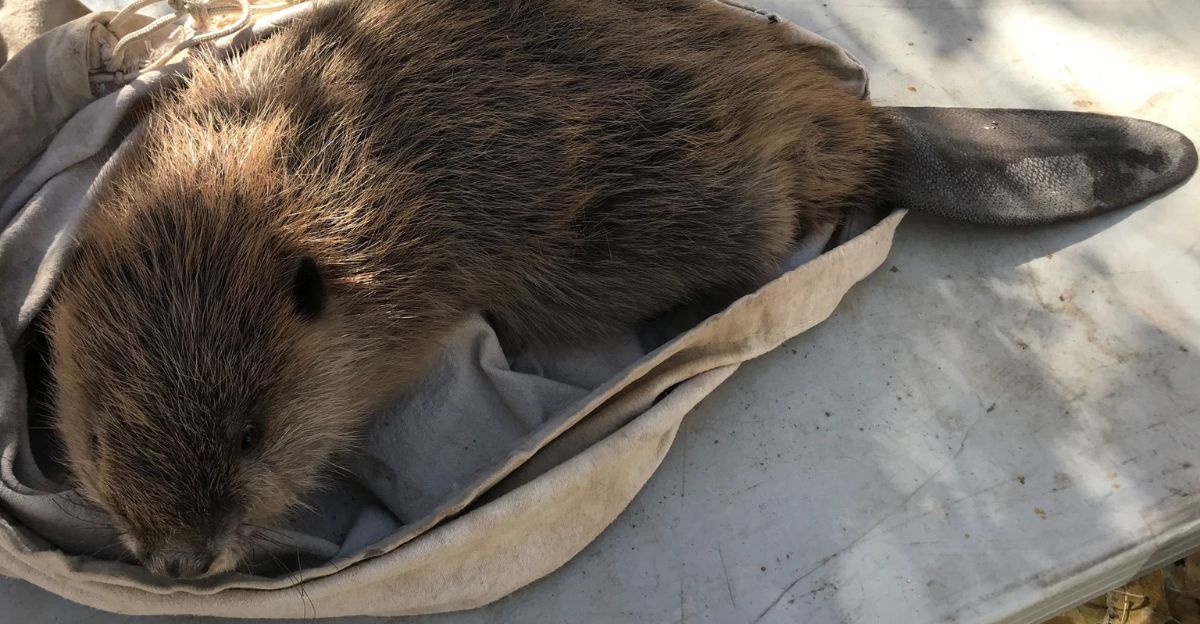
Beginning in 2019, a team from Utah State University under the direction of Emma Doden adopted a translocation strategy, saving beavers from urban areas where they were deemed a nuisance and moving them to desert rivers that had been degraded. After being placed in quarantine for three days, each beaver was equipped with radio transmitters and microchips for tracking. Building starter dams to aid in settlement was part of the initial releases.
This approach is an example of a mutually beneficial solution to environmental and wildlife management problems since it not only prevents the euthanasia of beavers but also uses their innate behaviors to restore ecosystems with little assistance from humans. Adaptive management was used in the project, which involved changing release locations and methods in response to continuous monitoring data. Higher survival rates and ecological success were guaranteed by this iterative process, which raised the bar for wildlife translocation initiatives.
Benefits to the Economy and Environment Seen
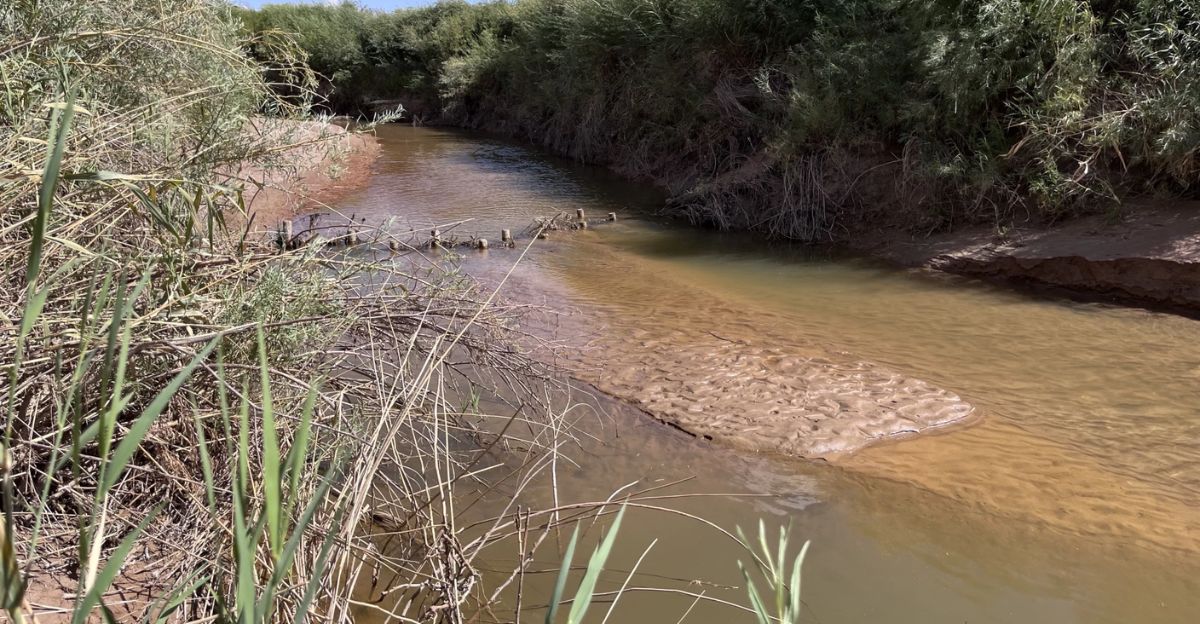
Significant ecological benefits have resulted from the beaver reintroduction in just six years: riparian zones have been revitalized by increased water retention, supporting a variety of wildlife and endangered fish species. Along riverbanks, vegetation has proliferated, adding complexity to the habitat. Due to Utah’s increasingly fire-prone terrain, the increased water availability also lowers the risk of wildfires.
This project serves as an example of how ecological restoration can improve human livelihoods and the environment in a cascade of ways. Additionally, the restoration of beaver-engineered wetlands has enhanced leisure activities like fishing and bird-watching, boosting local economies and enhancing community well-being. Additionally, the project has reduced costs related to infrastructure damage and land degradation by stabilizing landscapes and reducing soil erosion.
Divergent Opinions and Resolving Issues
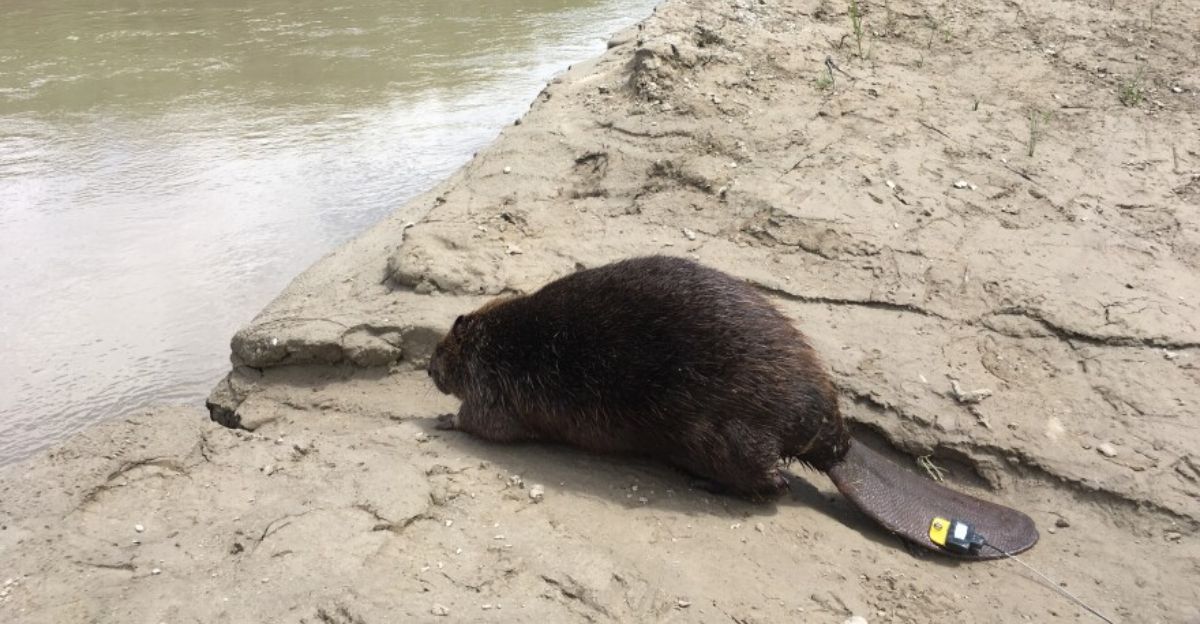
Despite the noteworthy success, some critics contend that beaver dams could negatively impact sediment transport, flood infrastructure, or water rights. Others are concerned about bringing animals into delicate desert environments. Evidence from Utah and other areas, however, indicates that properly managed beaver populations improve rather than reduce water security. To strike a balance between ecological benefits and human needs, careful placement and constant observation are essential.
The dynamic character of ecosystems and the beaver’s contribution to resilient landscapes that act as a buffer against extreme weather events are frequently overlooked by critics. The project’s open communication and stakeholder participation have reduced tensions and fostered trust, demonstrating that issues can be resolved via community discussion and science-based management.
Wider Consequences and Scaling Possibilities

For arid areas around the world dealing with water scarcity and ecosystem degradation, the Utah Beaver Restoration Project provides a replicable model. Without the need for expensive infrastructure, land managers can restore hydrological function by utilizing beavers’ natural engineering abilities. This strategy is in line with new ecological restoration trends that emphasize passive, natural solutions that increase climate change resilience.
In order to achieve sustainable results, the success also emphasizes the value of interdisciplinary cooperation by bringing together ecology, hydrology, social science, and policy. This model offers a promising road-map for improving food security, repairing damaged watersheds, and reducing the effects of climate change as the world’s water crises worsen.
The Social and Emotional Aspects of Beaver Rehabilitation
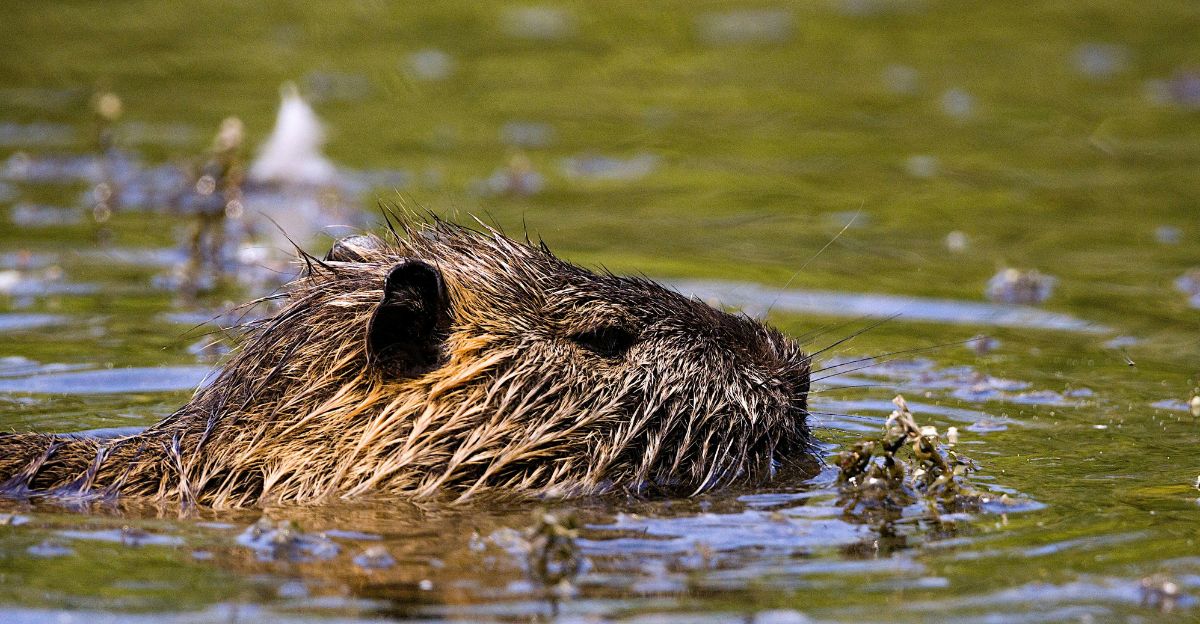
Beyond ecology, the beaver project has cultural and psychological resonance as a representation of atonement and harmony with the natural world. It opposes anthropocentric viewpoints that regard wildlife as barriers to sustainability rather than collaborators. Community pride and environmental stewardship are fostered by the story of rescuing beavers from euthanasia and enabling them to restore landscapes.
Communities’ emotional bonds with beavers also promote volunteerism and citizen science, enhancing social capital and resilience. By encouraging a sense of place and shared responsibility, this project is a prime example of how ecological restoration can act as a catalyst for cultural renewal. Redefining the relationship between people and wildlife creates opportunities for more ethical and inclusive environmental governance, which is crucial for solving complex global issues.
Beavers as Initiators for the Revival of Desert Rivers
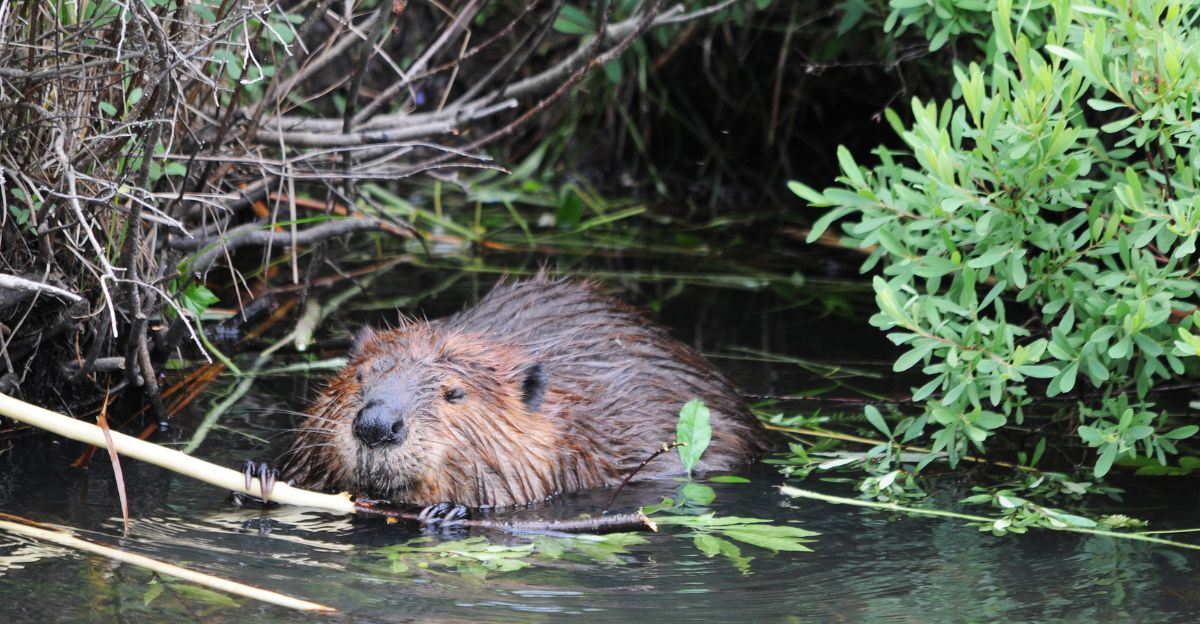
Utilizing keystone species can accelerate ecological recovery in environments that appear to be hostile, as demonstrated by the Utah desert beaver project. These hardworking rodents have restored damaged riverbeds into flourishing ecosystems in just six years, showing that nature’s solutions frequently outperform artificial ones. This case emphasizes how crucial it is to value biodiversity as a basis for resilience, embrace ecological complexity, and combine scientific rigor with adaptive management.
Such creative, natural solutions provide hope for reestablishing ecological balance and water security in arid regions across the globe as climate change worsens. Additionally, the project makes a strong case for reconsidering conservation priorities and prioritizing restoration over preservation alone.







